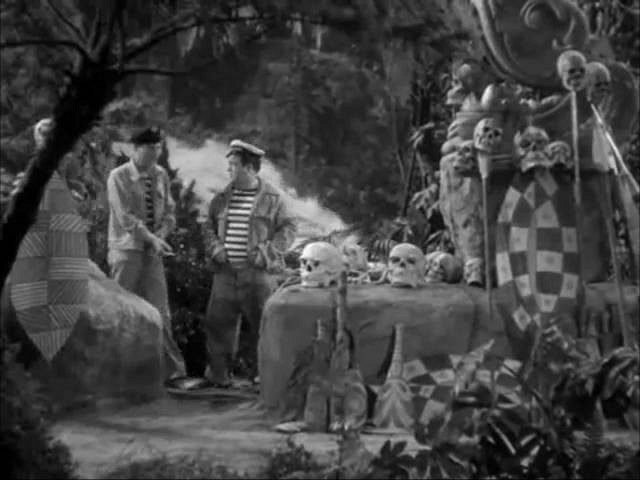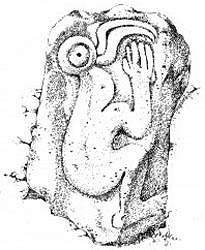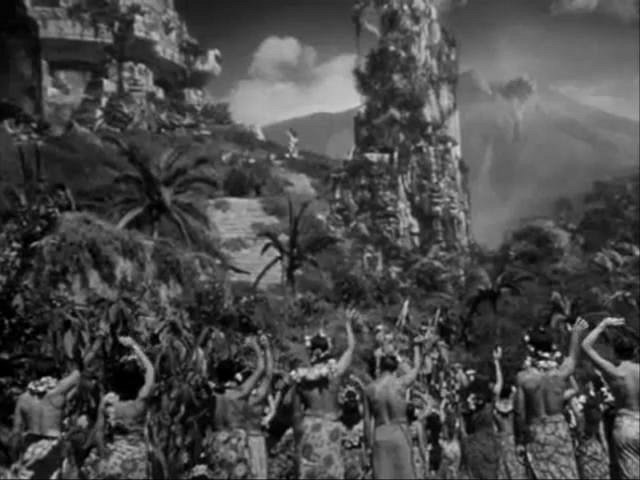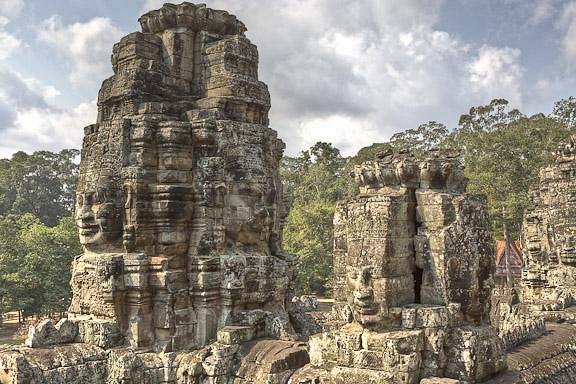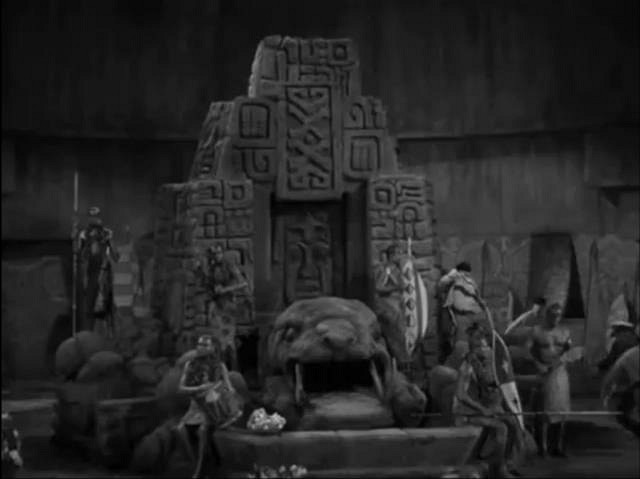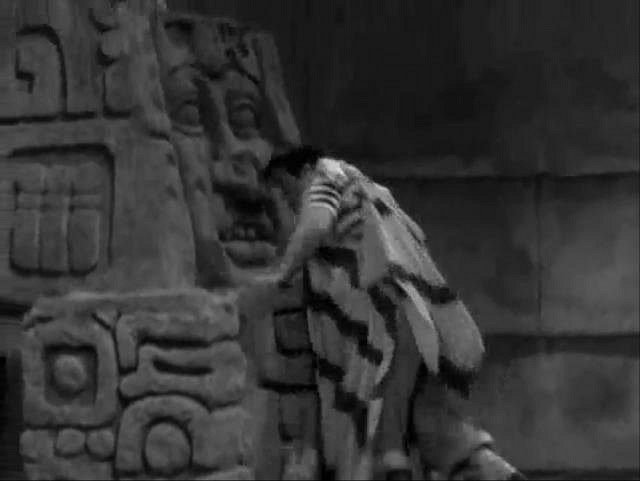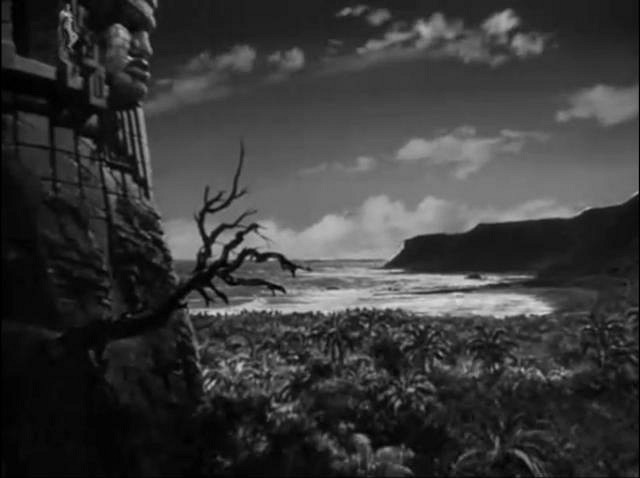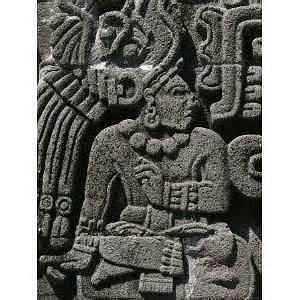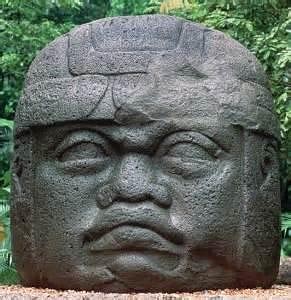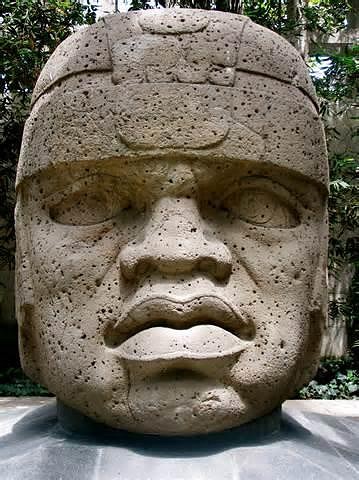Tiki Central / General Tiki / What is the quintessential tiki movie?
Post #683250 by Bruddah Bear on Sat, Jun 22, 2013 10:49 PM
|
BB
Bruddah Bear
Posted
posted
on
Sat, Jun 22, 2013 10:49 PM
Very true, puppetoons were intentually humorous entertainment, even when tinged with political commentary as in "Tulips Shall Grow" (1943). Those "whimsical inauthentic depictions of tikis" are designed that way for comic porpoises. The tikis in "Hoola Boola," and the way the island cultures were portrayed, mirrors what the live action film industry had beeen doing for decades. Making stuff up, be it the physical set dressing, props, costumes, language, or the portrayal of the cultures customs and behaviors. A real artifact, design, words, clothing, or real life activities may occasionally find their way into some films, but mostly these things were just used as inspiration for the phony culture being presented. As Sven has oft times pointed out, this was the foundation upon which Tiki was built. A good contemporary to "Hoola Boola" example is "Pardon My Sarong" (1942). Fake native culture complete with stylized idols and various other items that are great examples of cross cultural tiki confusion.
Native weapons and shields, skulls upon a stone altar with what looks like a stylized depiction of a Rapa Nui birdman head perched atop a moai style body with hands on belly.
Lou Costello climbing the path up a volcano to the temple with stone face, past a column of rock with various other stone faces, some appearing Asian, others similar to moai. I feel the inspiration was such places as Ta Prohm.
Inside the temple Costello is chased by the villain's henchmen up a stone altar reminicent of a Mesoamerican pyramid, complete with carved stone faces, what look like a cross between Mayan hieroglyphs and tapa designs, a large predatory cat head (yeah I know, but Hollywood has always had wild animals that don't belong where the movie takes place, be it tigers in Africa, or penguins in the Arctic), plus more shields, weapons, and clothing that look more African than Oceanic.
A closer shot of Lou scrambbling up the side of the pyramid and a better look at the face on the side and the carved designs.
Lou eventually runs/jumps out a side doorway into thin air past another stone face that, although the features could appear Polynesian with a different headdress, etc., it leans more toward Mesoamerican in this shot (don't worry, Lou luckily lands in the dead tree protruding from the cliff face).
Another contemporary example of borrowing from different cultures, blending things together and wholesale fabrication of native life is the wedding feast sequence in "Road to Singapore" (1940). No tiki idols, but hula is borrowed from, plus Hope and Crosby utilize gibberish when conversing with each other AND the natives. Thankfully, unlike the makers of "Road to Singapore" and "Pardon My Sarong," Pal kept the style close enough that we can see the idols in "Hoola Boola" were inspired by Oceanic cultures. Very similar to what would eventually become the practice of Tiki artists, designers and decorators, but the tikis in "Hoola Boola" were styled as they were for comedic effect, not to fabricate an imaginary idylic paradise to escape to. |

